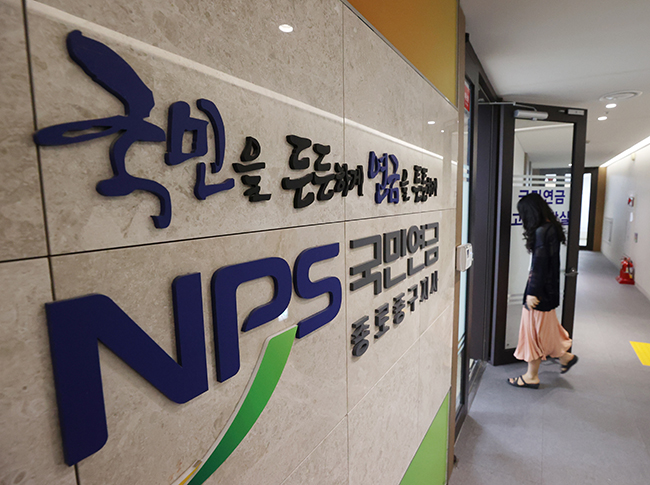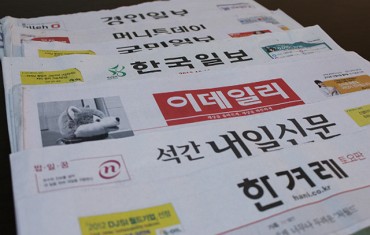
Low-income South Koreans with income levels below the national average tend to opt for early old-age pension. (Image courtesy of Yonhap News)
SEOUL, Sept. 14 (Korea Bizwire) — Low-income South Koreans with income levels below the national average tend to opt for early old-age pensions, while higher-income individuals delay receiving their old-age pensions to benefit from a larger pension payout, recent statistics show.
According to data that Han Jeoung-ae, a Democratic Party lawmaker and member of the National Assembly’s Public Health and Welfare Committee, received from the National Pension Service on Wednesday, as of June 2023, about half of those who applied for an early old-age pension had an average income during their subscription period lower than the overall average. In contrast, about half of those who delayed receiving their old-age pension had an average income higher than the overall average.
The early old-age pension system is designed to allow recipients to receive their pension earlier but at a reduced amount.
If an individual has a national pension subscription period of more than 10 years and an income below a certain threshold, they can receive a reduced pension in advance, starting five years before the regular disbursement age, at a rate reduced by 6 percent per year.
On the other hand, the old-age pension deferral system allows individuals to postpone claiming their benefits for up to five years, receiving an additional 7.2 percent in pension per year compared to the original old-age pension amount.
Among early old-age pension applicants, 55.1 percent had an average income of less than 2.5 million won per month during their subscription period. At 21.4 percent, the largest share came from those with an average monthly income ranging from 1 million won to 1.5 million won.
M. H. Lee (mhlee@koreabizwire.com)






